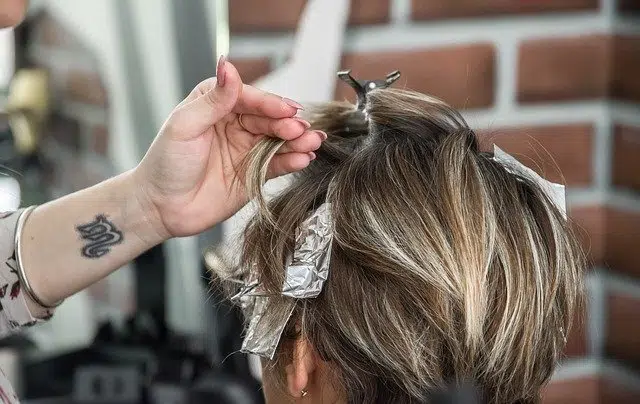
The recovery of the negative charge by the myocardial cells is called repolarization.
The notion of repolarization is not part of the dictionary of the Royal Spanish Academy ( RAE ). Instead, the concept of polarization is mentioned: the act and result of polarizing .
The action of polarizing, for its part, is used in physics with reference to the modification of a ray of light through reflection or refraction , making it unable to be reflected or refracted again in certain directions. Polarizing can also be about directing something in two opposite directions or focusing attention on one thing.
Repolarization of cells
All of these ideas can help us understand what repolarization refers to. This term is used, for example, to refer to a process that takes place in the heart.
The heart contracts when it is electrically stimulated through what is known as depolarization . This causes the cells to have a positive charge and a positive upward movement is recorded on an electrocardiogram. Then repolarization occurs: the myocardial cells regain their negative charge.
Recovery of ionic charge
The concept of repolarization, in short, is associated with the recovery of the natural ionic charge by a cell. In the case of neurons, the electrical impulse can generate three types of response : polarization, depolarization and repolarization.
The neuron at rest has a negative charge on the inside and a positive charge on the outside. What depolarization does is reverse that condition , while repolarization involves the recovery of the original polarization.

Hair repolarization is a treatment that aims to repair hair.
Capillary repolarization
The intensive treatment that aims to repair and hydrate hair that has been burned or mistreated is known as hair repolarization . To do this, an easy-to-prepare mixture of specific products is used, which provides the body with the necessary tools to return the hair's shine, softness and resistance.
It is important to note that capillary repolarization has immediate effects. On the other hand, its application should not be carried out more than once every thirty days unless the hair is in poor condition ; In this case, it is recommended to do it biweekly.
Who needs capillary repolarization? Generally, people who abuse dyeing, artificial drying and ironing, among other treatments considered abrasive for hair. Many people opt for their own repolarization methods , instead of going to a beauty salon, since this has more than one advantage, such as a lower price, greater control over the products to use (always having the option of choosing natural ones over industrial ones) and time savings.
Ingredients, utensils and steps
The ingredients necessary to perform hair repolarization at home are easy to obtain, as they are sold in pharmacies, supermarkets, beauty stores and hair salons. On the one hand we have chemical products : keratin, repolarizing treatment, silicone, collagen, oil (almond, olive or coconut); on the other hand, the utensils: a plastic or thermal cap, a cup, aluminum foil, a brush used to dye hair and an iron.
The steps are as follows:
* wash your hair with a mild, salt-free product;
* mix in the cup two tablespoons of keratin, two of repolarizing treatment, one of oil, two of collagen and two of silicone (these proportions are suitable for long hair at the height of the shoulder blades);
* apply the mixture to damp hair, using the brush and working in sections;
* Leave for approximately 10 minutes while the iron plates are lined with aluminum foil and heated to 180 degrees;
* apply heat to the hair for very short periods, since the objective is to seal the product, and not eliminate moisture;
* wait half an hour and rinse your hair with fresh or warm water , without any additional product.
